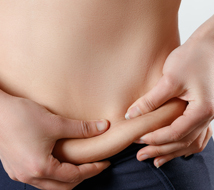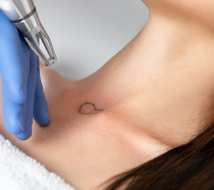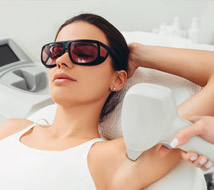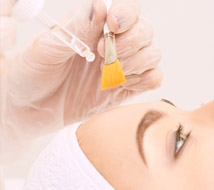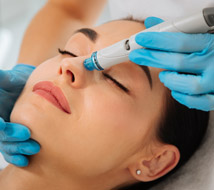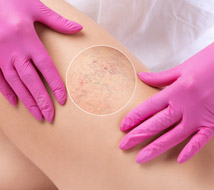Our experienced team of cosmetic dermatologists and skilled providers utilize the latest techniques and most advanced methods to help our patients address hair loss, early aging, stubborn fat, unwanted hair, and so much more.
Cosmetic Dermatology
Cascade Eye & Skin Centers offers a variety of cosmetic services to help our patients achieve their beauty and aesthetic goals. From hair loss to dermal fillers, we are here to help you look and feel your best.



